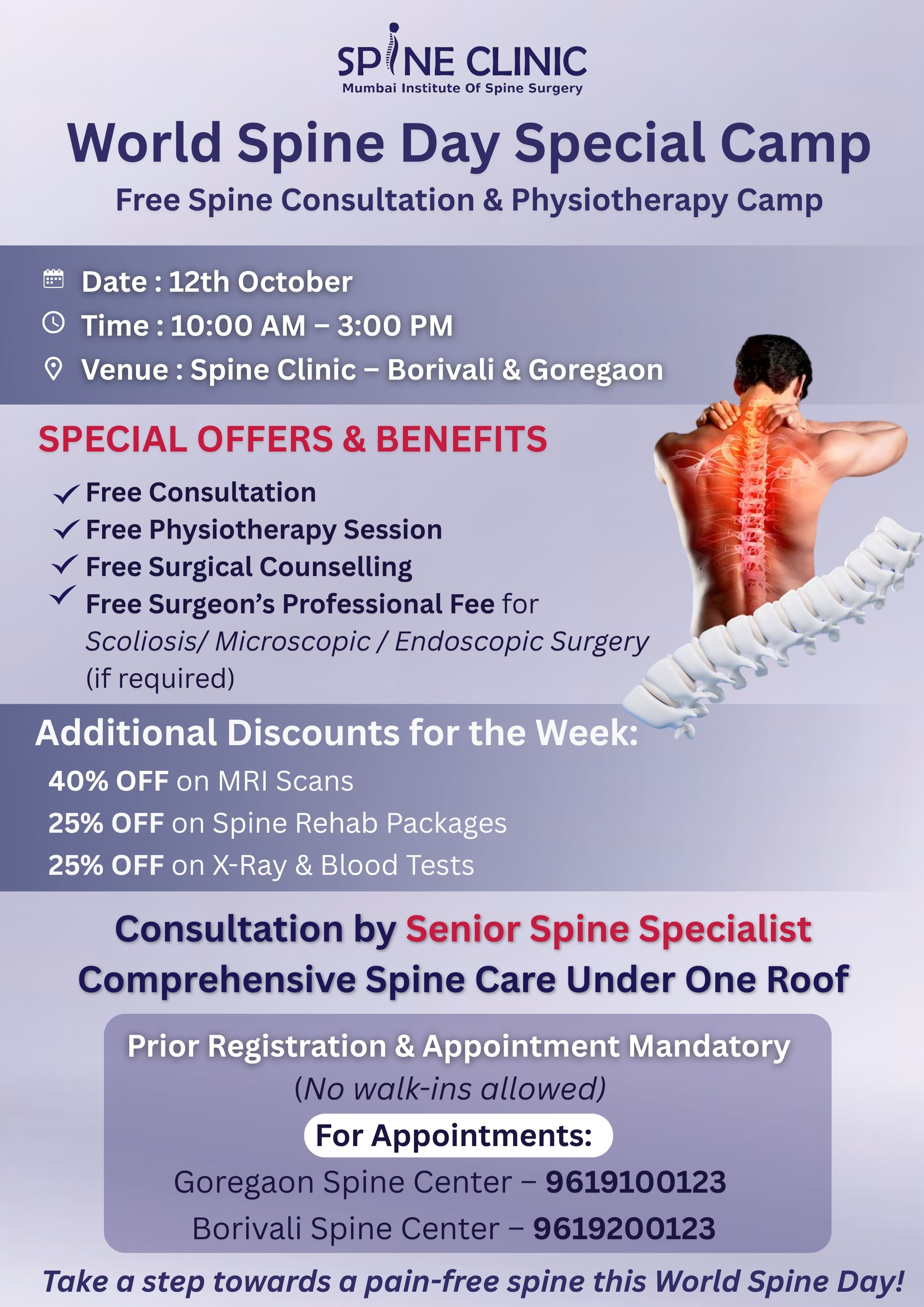

The word "kyphosis" describes a type of curve in the spine. A kyphotic curve is 'normally' present in the thoracic spine (the part of the spine in the chest area). A kyphotic curve looks like the letter "C" with the opening of the C pointing towards the front. Though the thoracic spine is supposed to be curved, if the curve in a person's thoracic spine is more than 40 to 45 degrees, it is considered abnormal – or a spinal deformity.
Normal Anatomy
The thoracic spine naturally has some kyphosis. A kyphotic spinal deformity really means there is too much kyphotic curve in the spine.The thoracic spine is made up of the middle 12 vertebrae of your spine. The normal amount of curve in the thoracic spine is considered to be from 20 to 40 degrees within the entire thoracic spine. There is a range because the amount of "normal" curve varies from person to person
Kyphosis can have varying symptoms and degrees of severity, from minor changes in the shape of back, to severe deformity, nerve problems, and chronic pain.
Signs and symptoms may include
Complications
While most people with kyphosis have a mild form of the disorder, kyphosis may sometimes cause complications, including:
Medical history: This involves talking to the patient and the patient's parent(s) and reviewing the patient's records to look for medical problems that might be causing the spine to curve, for example, birth defects, trauma, or other disorders that can be associated with kyphosis.
Physical examination: This includes alook at the patient's back, chest, pelvis, legs, feet, and skin. This mean first trying to get a "mental picture" of how the spine is curved from examining your back and watching you move about. Your doctor will look at the flexibility you have bending in certain directions.A neurological examination is done to check for Muscle weakness, Numbness, Abnormal reflexes X-ray evaluation. An x ray of the spine can confirm the diagnosis of kyphosis. The magnitude and type of kyphosis is measured on xray.
Additional imaging tests may be recommended, depending on the case to case basis.
Treatment
Kyphosis has a variety of treatment options. Whenever possible, the first choice of treatment for kyphosis is always going to be conservative. Conservative treatment that is commonly recommended includes: medications, exercise, and certain types of braces to support the spine. Medications by themselves cannot correct kyphosis. They are advised to treat the underlying condition.
Physical Therapy
Physical therapy and exercise is an important part of treating adult kyphosis. A well-designed exercise program can also provide pain relief in many patients. A physical therapist will develop an appropriate exercise routine for your case. It is essential that you stick to the plan.
Spinal Braces
The use of a spinal brace may provide some pain relief. However, in adults, it does not cause the spine to straighten.
Surgery
Surgery may be recommended in the following situations:
The main surgical procedure is deformity correction i.e. scoliosis correction, decompression, spinal instrumentation, and spinal fusion of the curve.
Patients and parents who are thinking about surgery may want to ask the following questions :
Complications of spinal surgery may include bleeding, infection, pain, nerve damage or flat back. Rarely, the bone fails to heal and another surgery may be needed.
There are various options of managing Kyphosis deformity depending on the magnitude and severity of kyphosis .The various options of managing Kyphosis are

Dr. Vishal Kundnani is one of the best spine surgeons in Mumbai, India, known for his expertise in advanced spinal treatments and minimally invasive spine surgery.
All Rights Reserved | Dr. Vishal Kundnani.